Wondering when to lower your baby’s crib to keep them safe? Get guidelines for when to lower the crib mattress to keep your baby safe at each age and stage!
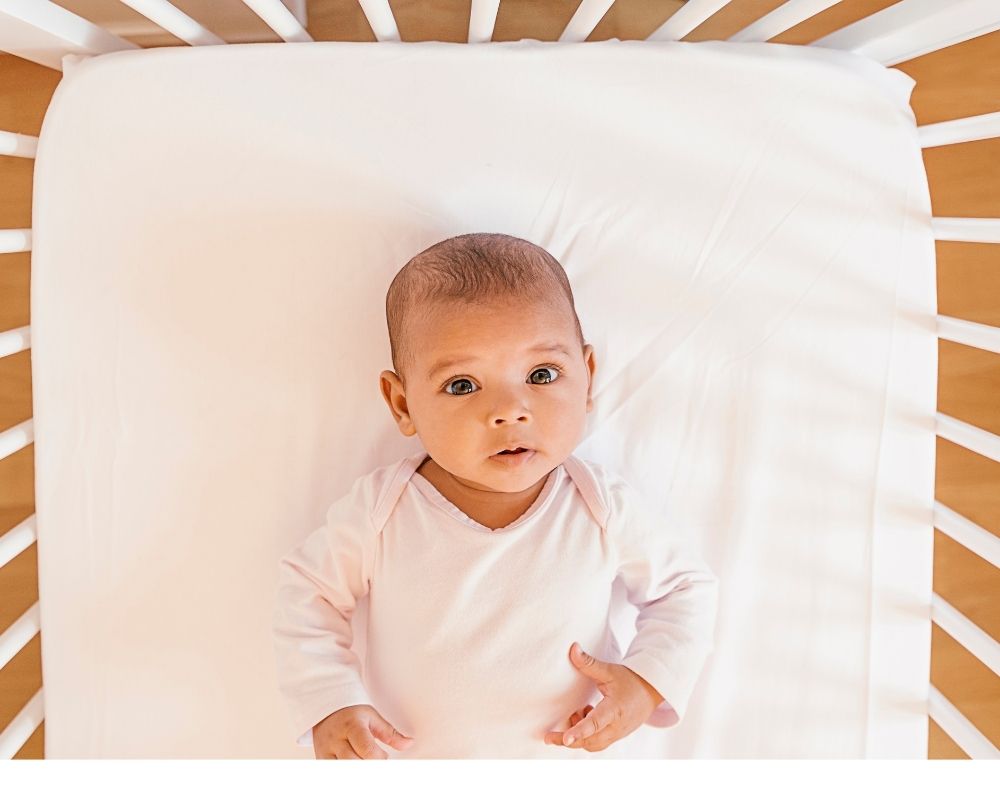
Once your baby starts getting more mobile, there’s a few adjustments to make to keep them safe during sleep.
One of those things is lowering the crib mattress.
Let’s see when you should lower your baby’s crib mattress to keep them safe.
AAP Crib Height Recommendations
According to a retrospective analysis conducted by the AAP, an average of 7,900 children in the US went to the ER each year due to injuries involving cribs.
The most common cause of these injuries were crib falls.
I don’t point out these things to scare you. I’m hoping to give you all the information you need to easily avoid preventable sleep-related injury.

When Should I Lower My Crib?
When to lower your crib depends on your baby’s growth and development. As your baby meets new physical milestones, you’ll want to lower your crib height accordingly.
Newborn–5 Months Old: Highest crib setting
The highest crib setting is perfect for newborns who are immobile.
It is the setting you’ll use when you first transition your baby to a crib.
It’s definitely the easiest crib height to put a sleeping baby in. The highest crib setting is suitable for most babies under 5 months old.
You can keep it on the lowest setting until your baby starts to show signs of being able to sit up on their own.
5–8 Months Old: Middle Setting
Your baby will learn to sit up on their own sometime between 5–8 months old and it will be time to make another crib height adjustment.
Before your baby reaches the sitting-up milestone, make sure you lower their mattress to the middle setting.
If the mattress height inside the crib is too high and your baby is able to sit up on their own, they run the risk of falling out.
Around 8–10 Months Old: Lowest Setting
Before your baby can pull up to stand on their own, you should lower the mattress to its lowest point.
Typically, babies start pulling up to stand between 8 and 10 months old.
Another risk of falling from the crib is climbing.
If at any age your baby shows interest in climbing, it is time to take precautions to try and keep your toddler from climbing out of the crib, or move them out of a walled crib and into a toddler bed.
You may have heard that the AAP does not recommend using bumper pads in cribs due to risk of suffocation/SIDS. Another dangerous element of bumpers is that babies may be able to use them to climb up and over the crib rail.
Mattress on the Floor
As your baby’s height grows, pay attention to how far their head reaches past the top of the rail.
As soon as the side of the crib is less than 3/4ths the height of your standing baby, it’s time to lower the mattress to the floor or transition to a toddler bed.
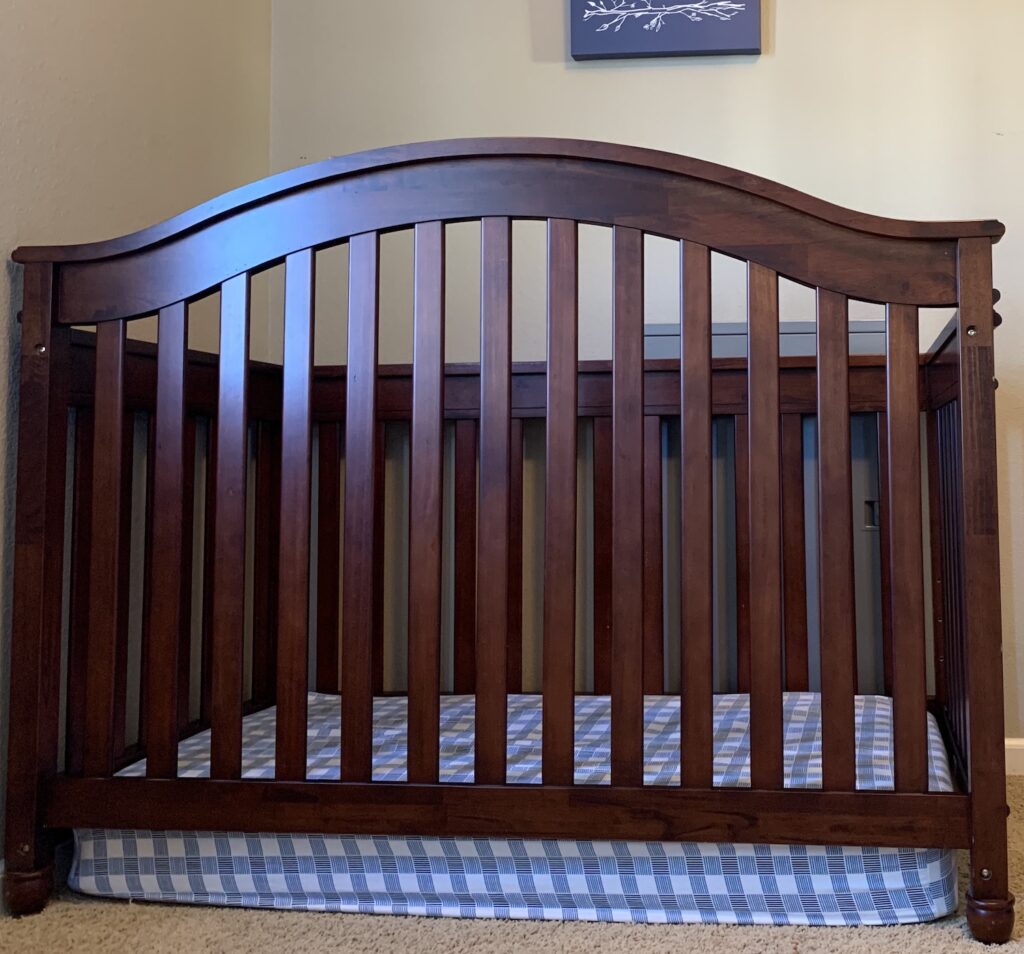
How to Lower Crib Mattress to the Floor?
It’s only safe to lower the mattress directly to the floor if your crib has been manufactured to allow it as an option.
To learn how to lower your crib mattress to the floor, consult your crib’s instruction manual.
If doing a DIY solution, make sure there isn’t a gap between the mattress and the bottom of the side railing. No one wants little limbs getting stuck in the gap.
If you’ve reached the lowest setting possible on your crib and your toddler has reached a height taller than 35”, you’ll need to transition to a toddler bed for their safety.
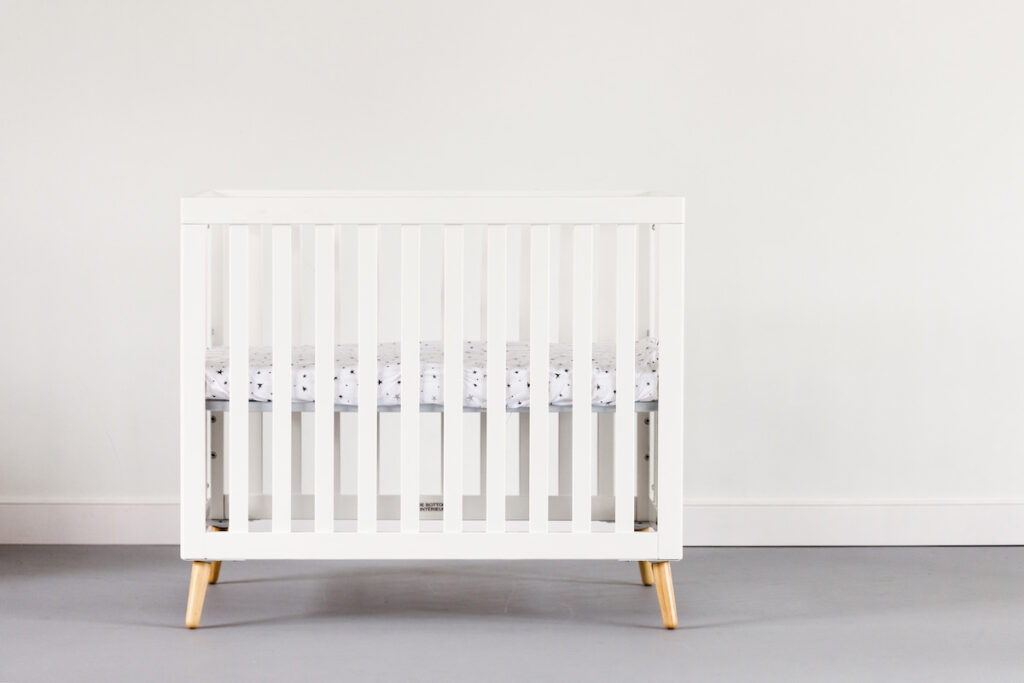
Frequently Asked Questions About When to lower Crib Mattress
How low should the crib mattress be with a newborn?
You’re welcome to drop the crib to the lowest setting from the very beginning. It’s safe to do so even at the newborn stage.
The downside is that it can be a little awkward, especially for new parents who are learning to put a baby to sleep for the first time.
If you don’t mind making periodic adjustments to lower the crib mattress, it can be pretty handy (and more comfortable for you!) to put your baby down on a taller crib surface.
My Crib Has Four Settings. When Should I Lower It?
You can follow these guidelines and lower the mattress as your baby starts working on their new skills. A good rule to keep in mind is that the crib should be at a level to where your child cannot climb out.
What Age do you Transition from Crib to Toddler Bed?
As a sleep consultant, I recommend waiting until as close to age 3 to transition to a toddler bed.
Most kids under 3 years old simply don’t understand boundaries and will have difficulty with concept of staying in their bed and room.
By the time your child is taller than 35 inches, the AAP recommends that they no longer sleep in a walled crib
What Should Go Inside the Crib with Baby?
The AAP recommends for at least the first 12 months of your baby’s life, there should be no blankets, pillows, or other soft items in the crib that could cover your baby’s face.
How do I Put Baby Into a Lowered Crib?
If you’ve grown accustomed to setting your newborn down in the crib on its highest setting, the first time you set them down on a lowered mattress might throw you for a loop.
I typically recommend setting your baby down in the crib while they’re still awake, because it helps them learn to self-soothe and develop positive sleep associations.
Still, I know there will be times when you’ll need to set down a fully asleep baby—and of course your goal will be to keep them asleep in the process!
Here are some tips for setting your baby down in a lowered crib to allow for a smooth transition, whether they are awake or asleep:
- Keep your baby’s arms and legs as close to their body as you can to avoid a startle response (a swaddle or a sleep sack can achieve this well).
- Try to keep your baby in a mostly supine (horizontal) position.
- When your waist reaches the railing, bring your arms and your baby away from your body before bending at the waist to lower them to the mattress. (Note: you can protect your back muscles from injury if you tighten your stomach before bending at the waist.)
- Allow your baby’s feet to be the first part of their body to touch the mattress.
- Continue lowering your baby slowly until the last part of their body to reach the mattress is their cradled head.
If you’re short like me, it can be challenging to get your baby in and out of the crib after you’ve adjusted the height. I think I even used a small stool at times to give me an extra boost!
Just remember that a short-term discomfort is well worth your baby’s safety. I hope this gave you an easy guide to follow when determining when to lower your baby’s crib!
- Practical Tips if your Toddler is Going Through A 3-Year Old Sleep Regression - April 26, 2024
- Baby Led Weaning vs Purees — Which Should I Choose? - April 25, 2024
- 10 Adorable Letter Board Pregnancy Announcements - April 25, 2024
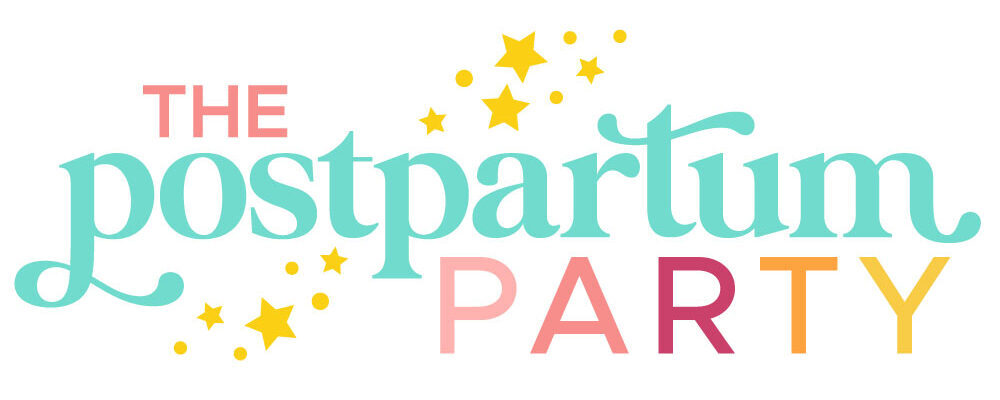
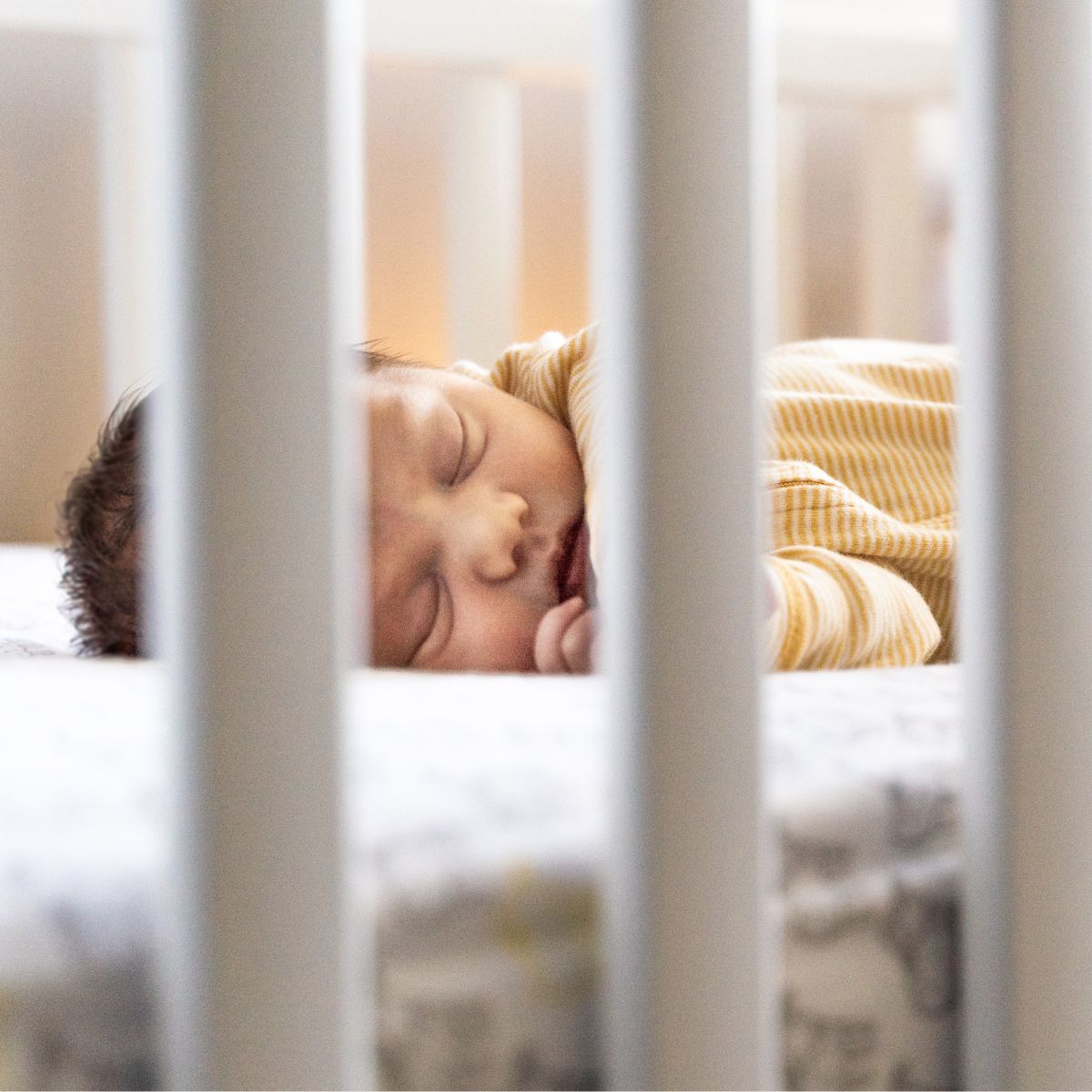
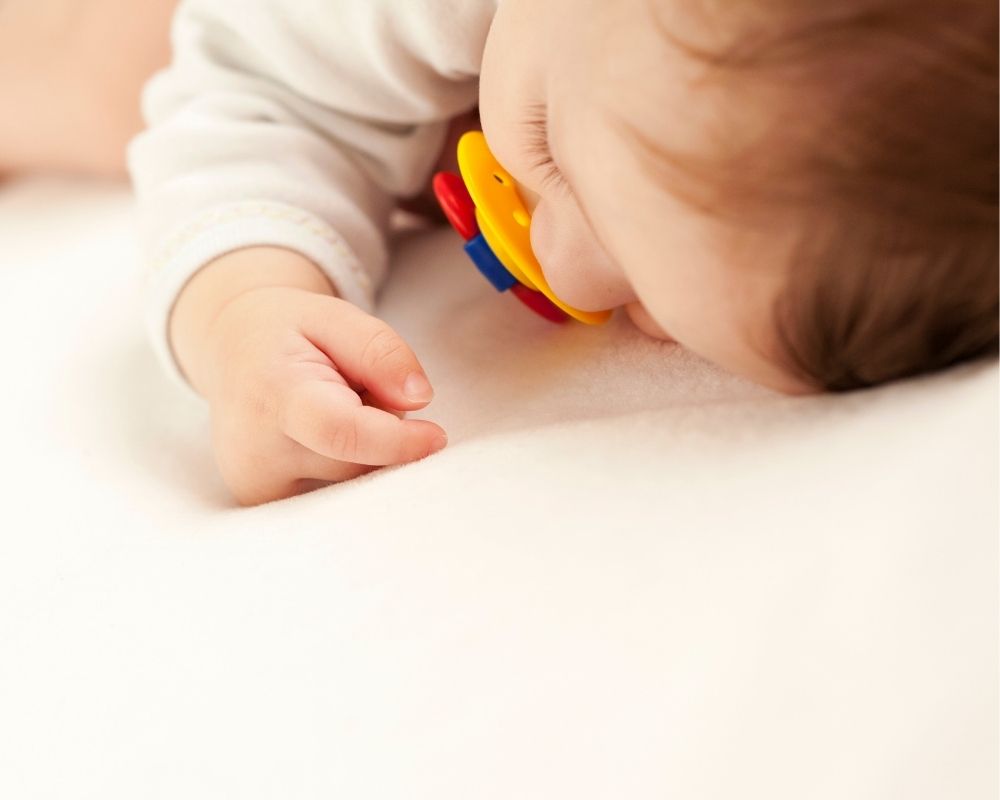
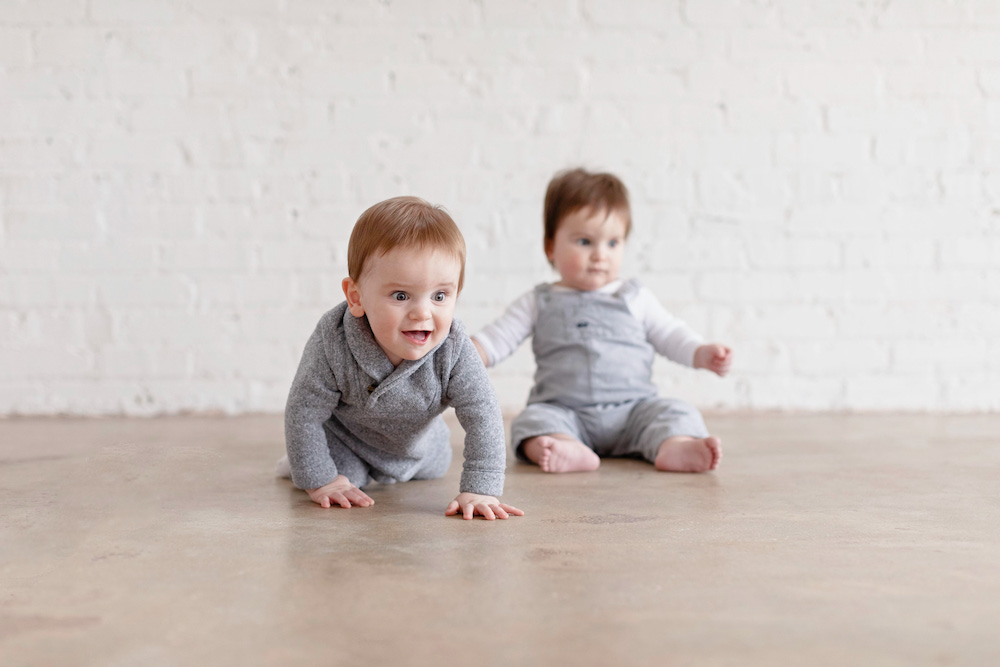
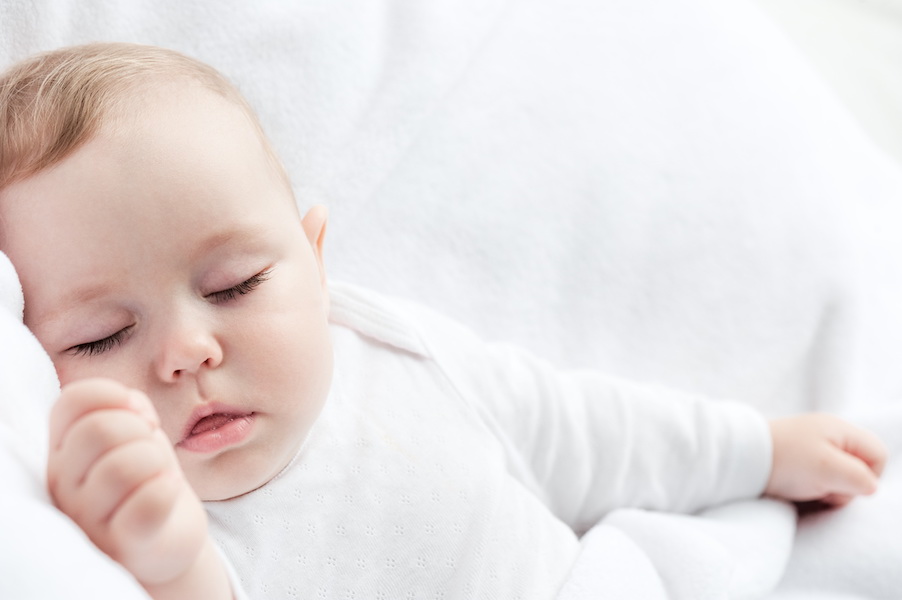
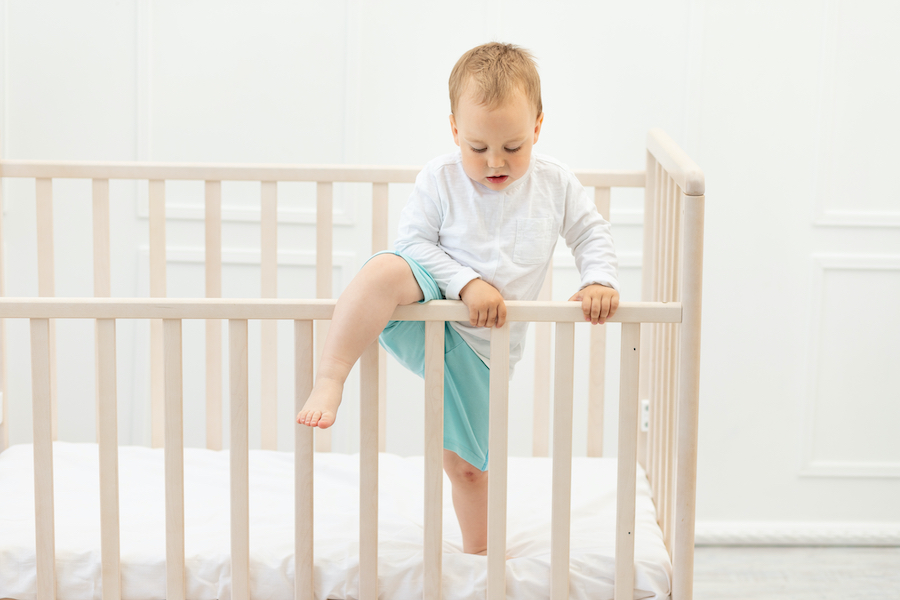
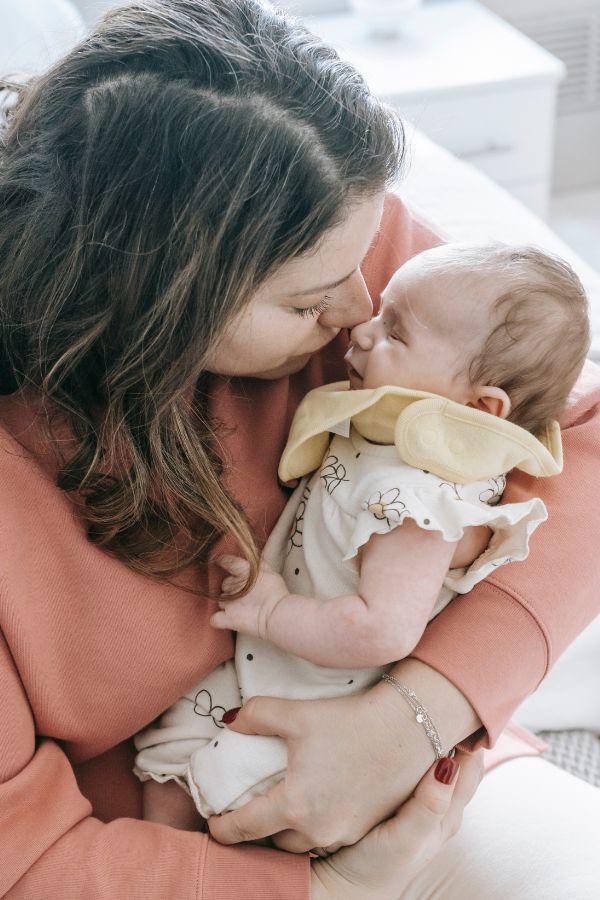
This is an old post, but I have a tall 21 mo old who is definitely not ready to be out of the crib. You said it’s only safe to have a mattress directly on the floor if the crib manufacturer recommends this for their model. What cribs allow this? The one in the picture on this post surely does not, because the child could easily get a limb stuck in that image. The crib would need to be solid all the way around the base to do that. Any idea on brands for that?
Hi Sarah! I am not aware of any specific brand who allow this. As this is a common parental practice, it is important to include that safety note. It does often work well (when the crib and mattress fit together safely) but is not a practice I can officially recommend unless the crib manufacturer okays it as any use that goes against their use guidelines is not considered safe. Hope that helps!
My 7-month old sits on sits own, but he doesn’t go from laying to sitting by himself. Do I need to wait until he does that to drop the mattress?
Hi Audrey,
I would. My guess is he’ll master that skill pretty soon and I’d rather be preemptive about lowering the crib for safety reasons.
Hope that helps!
Amy